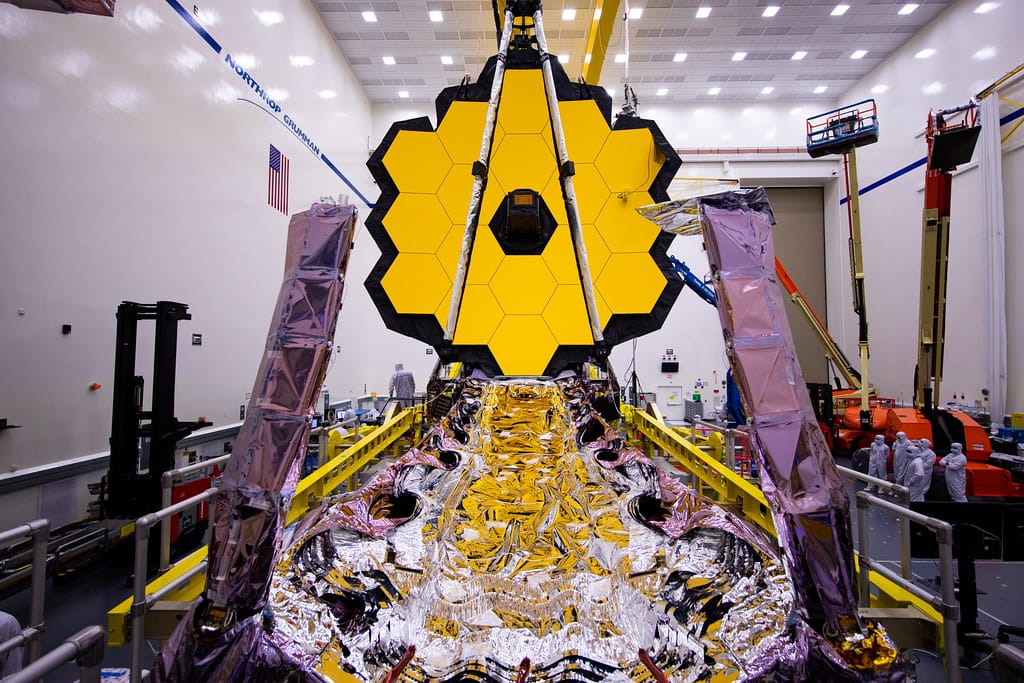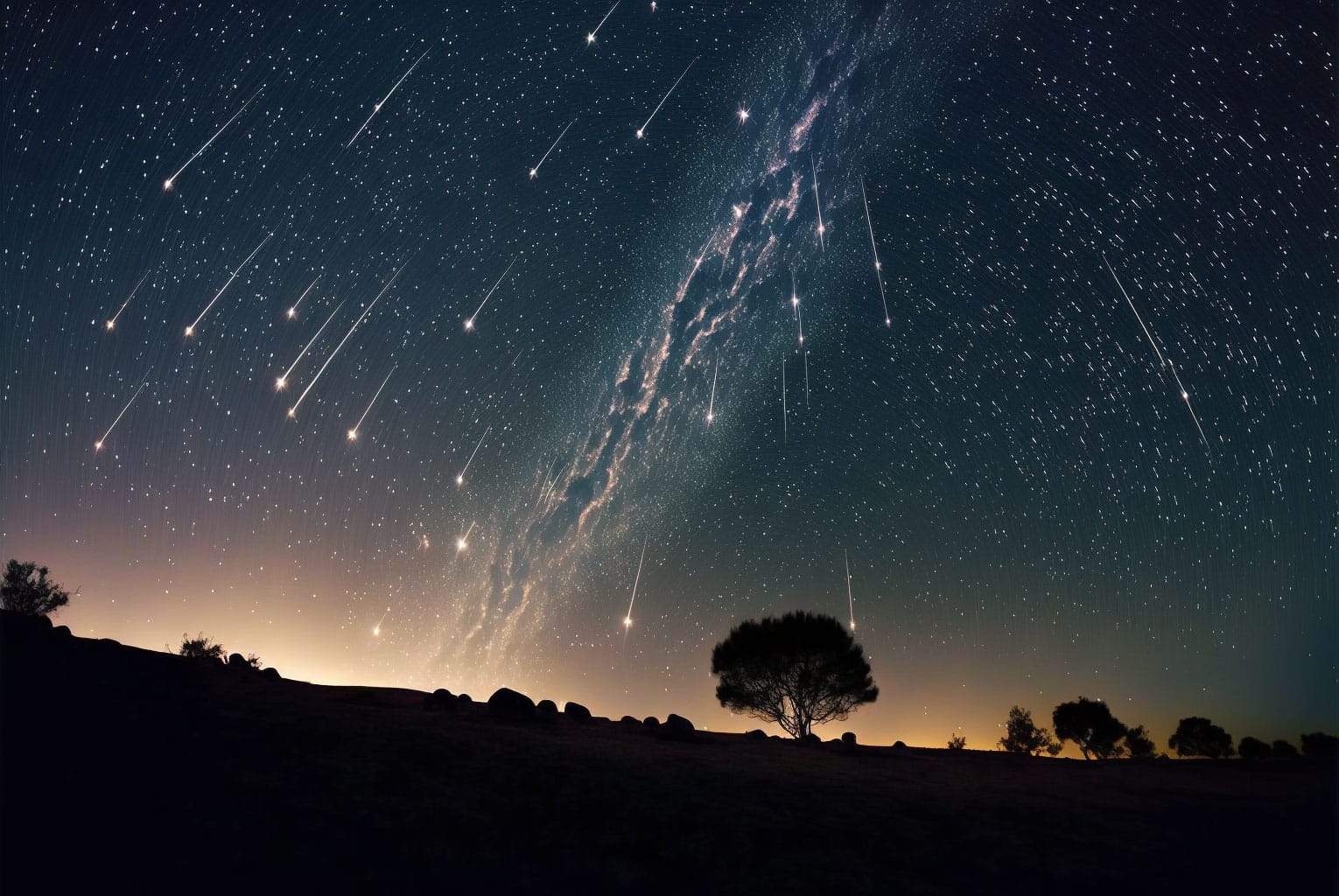The universe, once considered to be largely homogeneous at its largest scales, is now revealing a far more intricate and interconnected structure than previously theorized. Recent observations, employing advanced mapping techniques akin to a cosmic computed tomography scan, have unveiled a complex web of galaxies, filaments, and voids. These findings are prompting a re-evaluation of current cosmological models and a deeper exploration into the fundamental forces that govern the universe’s evolution. The initial understanding of the universe involved a gradual progression from an early, relatively uniform state to the formation of galaxies and larger structures. However, the latest data shows that the organization of matter is not as simple as a hierarchical progression, instead revealing a network of cosmic connections that span vast distances. The structures observed are not uniformly distributed across space. Instead, they are arranged in intricate patterns with clusters of galaxies concentrated within dense filaments that span billions of light-years. These filaments are interspersed with enormous voids, regions of space where matter is comparatively sparse. The arrangement resembles a kind of cosmic web, where filaments act as the main channels through which matter flows and galaxies form. This interconnectedness is far more complex than anticipated in previous models and suggests that the universe may be influenced by additional physical processes not yet fully comprehended. The observational techniques that have enabled these discoveries include advanced telescopes and sensitive instruments that can detect faint signals from distant galaxies. Researchers utilize these signals to generate detailed maps of the distribution of matter, allowing for a deeper understanding of the cosmic web. The data collected has revealed that the filaments are not static; they evolve dynamically over time, moving, merging, and interacting with other structures. Furthermore, the observed complexities extend beyond the spatial distribution of galaxies. The velocities of galaxies and the motions of gas within filaments also demonstrate deviations from the predictions of standard cosmological models, suggesting that the universe is far more dynamic than previously thought. These findings suggest that there is likely a need to incorporate new elements into theoretical frameworks and models in order to fully account for this complexity. These models may require updates to account for the influence of dark matter and dark energy, mysterious components that are thought to make up the vast majority of the mass-energy content of the universe. Further research into these components is essential for a complete and thorough understanding of the cosmic web. This new understanding of the intricate cosmic structure calls for more comprehensive observations and advanced analytical techniques. Scientists are now working to develop even more sophisticated instruments and computational algorithms that can generate higher-resolution maps and detailed information about the universe. This ongoing research will likely generate more refined insights into the universe’s complexity and bring us closer to unraveling its mysteries. The recent discoveries are significant in that they suggest that existing theories of galaxy formation, cosmic structure, and the evolution of the universe require modification and new perspectives. Researchers now face the challenge of incorporating the newly uncovered complexities into existing frameworks or creating entirely novel theories that can more accurately describe the intricate web of cosmic structures. The findings further demonstrate the critical need for continuous observation and research. As technology advances, scientists are able to see further and deeper into the cosmos, constantly unveiling unexpected discoveries and further altering our fundamental understanding of the universe we inhabit. It’s a dynamic field where each new discovery enhances our knowledge and challenges existing paradigms. It is likely that the universe will continue to reveal further unexpected complexities, reinforcing the idea that the universe is an ever-evolving, intricate, and awe-inspiring system. The deeper we look, the more complex the universe becomes.
Mapping the Cosmos: New Data Reveals Unexpected Complexity



